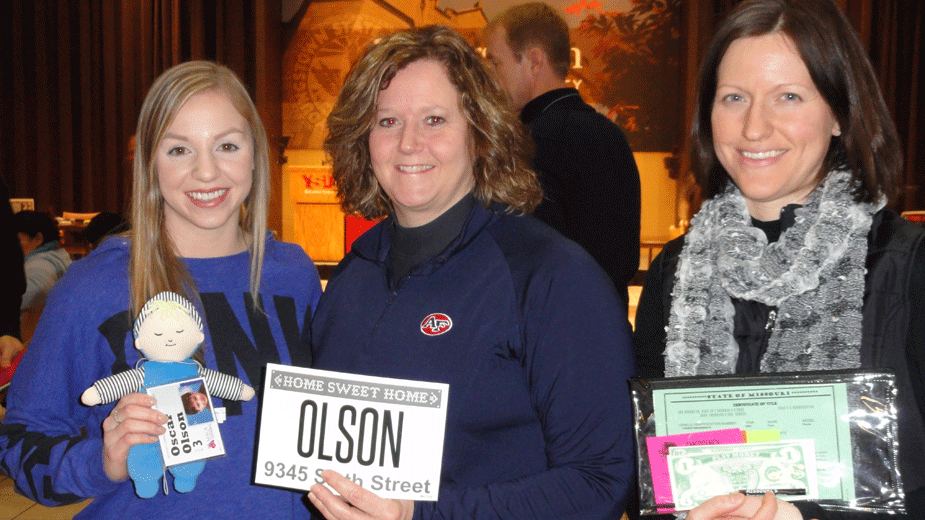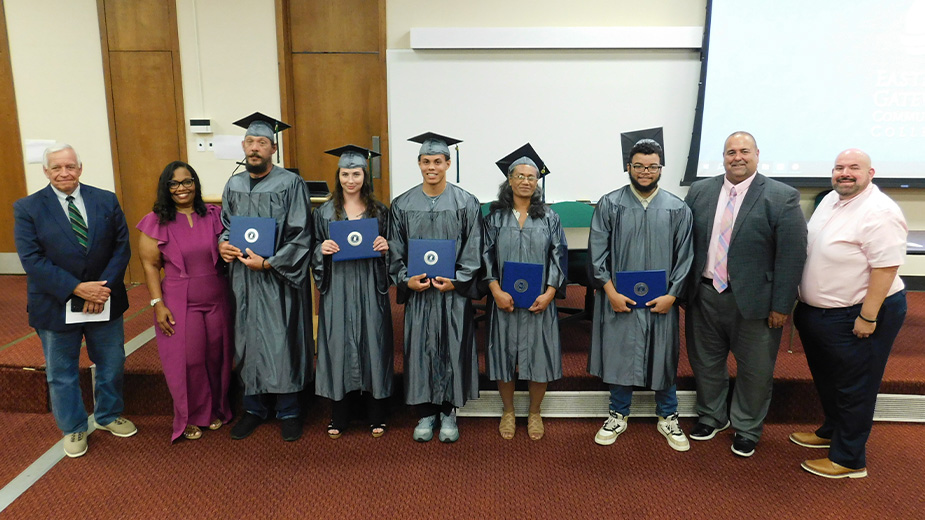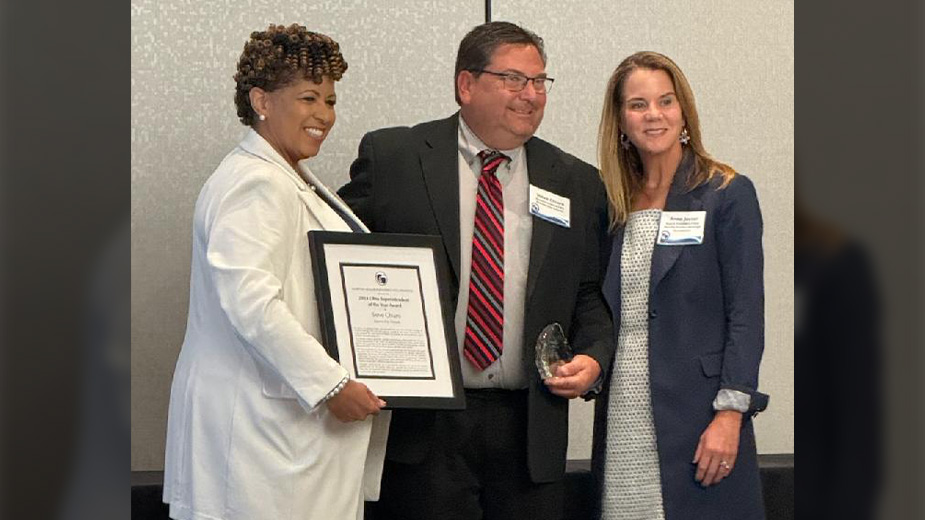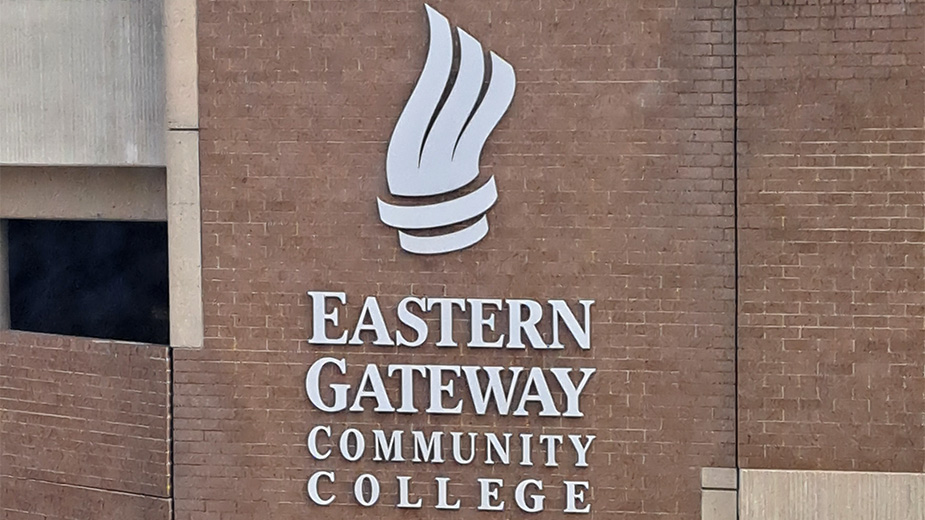Simulation Showcases Challenges of Life in Poverty
YOUNGSTOWN, Ohio – It’s the last week of the month and the Duntley family is trying to figure out how they’re going to pay the bills that have been stacking up.
The power was shut off a week ago. A late notice for the month’s rent payment was delivered two weeks ago, but went unnoticed. Bus passes still had to be bought to make trips to the grocery store, bank, social services office and mortgage office. The bank had called in loans and without the money to pay, the Duntleys had turned over all their jewelry and a camera as collateral.
While the Duntley family and their experiences are fictional, portrayed by participants in the Bridges Out of Poverty Student Union’s poverty simulation on Friday, their situation is one that’s common throughout the state and country.
“Most people only know what it’s like to live in the way they were brought up. If you never experienced poverty, it can be difficult to relate to how other people live,” explained Karla Krodel, director of Youngstown State University’s metro credit education department. “This is a chance to be sensitized to what that’s like and hopefully motivate them to take action.”
Ohio has the highest concentration of poverty – the percentage of people living in a neighborhood with poverty – in the country at 49.7% and the second-highest rate of children living in poverty at 63.3%. In total, 1.8 million Ohioans live below the poverty line.
In the simulation, Doris Duntley, the 34-year-old matriarch of the family, had been left by her husband the month prior, leaving her with two children – Dan, 17, and Diana, 14 – and $10. She hadn’t been employed since she got pregnant with Dan, but found a job with General Employer Inc., the third week of the month.
Diana and Doris had worked out a budget and a schedule on how to make sure everything would be fair. After the hundreds of dollars in bills, late fees, transportation costs and services were accounted for, there would be $7 left at the end of the month. Meanwhile, Dan had dropped out of school and started selling drugs for one of the dealers stationed near his high school.
To be able to make all the stops and pay all bills, though, there wouldn’t be time to go to the job Doris had just started. And on the last day of the month, while Doris was out cashing checks and collecting money to pay the bills, an eviction notice was served, leaving the family homeless.
“The first week, I thought it’d be easy and about strategizing. I figured we’d just sit down and go down the list with the money and distribute it easily,” said Lauren Wimer, a social work major at YSU who played Diana Duntley. “But as it went on, it became hard because we were constantly getting fees or places were closed, so you had to take the extra time to find places that would help you.”
James Taylor, who works at the Ursuline Sisters HIV/AIDS Ministry and played the role of Dan Duntley, said his biggest takeaway from the simulation was just how many resources are available and how infrequently people take advantage of them.
“We can find better resources. After this, I know I need to educate myself on what’s available around here,” he said. “It was also interesting just how many students are suffering because of a lack of income, while still striving to get through school.”
Throughout the simulation, one of the constant sources of frustration for the fictional families was the banker, played by Jacob Owens, the president of Bridges Out of Poverty. He drew from personal experiences of being homeless when playing the role, he said.
“I had bankers send police to my work to collect money from me. Each time, I barely scraped by and got them just enough,” he explained. “It’s a sobering moment. People realize, when they do this simulation, that they might have it better than other people.”
The stress of having to get through the month with limited money also trickled down beyond just those earning and spending money. For Wimer, her role as a 14-year-old quickly shifted into helping her mother — portrayed by a Business Journal reporter covering the simulation — balance bills and keep finances in check.
“It was hard to just sit there and watch,” Wimer said afterward. Becoming a social worker, she recognizes these will be situations she will have to face.
At the end of the simulation, Krodel got all the participants together and held a discussion about what they felt, how their feelings changed throughout the simulation, what they might do differently and how they might react to their situation in the future.
“I’ve never heard anyone walk away unhappy, and most leave with some insights,” she said. “They experience feelings they didn’t expect to feel and oftentimes feel motivated to get involved in social justice and political issues to try and change the climate.”
For Owens, who is in situational poverty, the simulation was also meant to show how close the homeless and impoverished communities can be and what acts of kindness can arise.
One family during the simulation made room in their fictional home for an 80-year-old homeless woman despite having their own issues finding a job and buying clothing.
“This is to help people see kindness toward those in poverty, whether it’s situational or they are completely homeless, so they see we’re a tight-knit community,” he explained. “This simulation is to show people that sometimes people need help, whether they want it or not. It can make them say, ‘I’m going to get them lunch,’ or ‘I’m going to pay for a bill without them knowing.’ That can be a blessing in disguise.”
Pictured: Carly Burgdorf, Lori Dewberry and Michele Mercer were among the participants in the Bridges Out of Poverty Student Union’s poverty simulation.
Copyright 2024 The Business Journal, Youngstown, Ohio.



